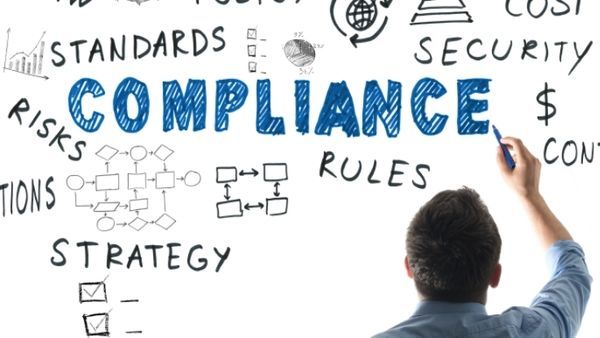It’s almost time to begin another calendar year. For many organizations, this also means it’s COMPLIANCE TRAINING TIME!
No one likes compliance training. Employees don’t see the point. Managers are forced to chase people down in the days preceding the deadline. L&D detests how restricted they often can be with design and delivery.
Well, maybe the lawyers like it – because they’re the only real beneficiary of standard compliance training. When bad things happen, lawyers can point to the checked box and say “we did everything we were supposed to do” and deflect accountability onto the lowly employee. I don’t mean to vilify the legal profession. After all, they’re just doing what they’re paid to do – protect the company. But who’s protecting the employee?
How can we actually get some value out of compliance training while still checking the required boxes?
L&D often likes to think of itself as a champion for the people. Voice of the frontline employee. Protector of the practitioner. Well, this is an opportunity to do just that.
Our hands may be completely tied when it comes to the design and delivery of the core content. However, just because a regulatory says every employee has to sit in front of this same eLearning for 60 confirmed minutes every year, that doesn’t mean it’s the only thing we should do to support employees. After all, there must be SOMETHING about this topic that’s important for people’s performance. Otherwise, the company wouldn’t waste the time and money to push the bad training.
Here are a few simple things L&D can do to make compliance training not only more palatable for employees but also more impactful for the organization.
- Admit you’re checking boxes. Employees know why you’re making them take the training. Don’t try to make the experience into something that it’s not by surrounding it with vapid messaging and unnecessary flash/sizzle. Be frank and tell your employees who is requiring this training and why. They may not like it, but they’ll respect the honesty.
- Reinforce the important stuff. Like I said, something useful must be buried in these bad training materials. Find simple ways to reinforce this critical information outside of the compliance experience. This could be as simple as email messages and bulletin board postings, or you could apply a more robust approach with reinforcement and question-based training to ensure long-term retention. This will help employees separate the “check box info” from the “this actually impacts my job info.”
- Provide practical on-demand resources. Compliance training is almost always over-stuffed, over-long and over-verbose. Add in the level of disengagement, and there’s almost no way an employee will be able to recall that critical anti-bribery information when the situation actually comes up for the first time in real life. Make sure employees can quickly find information on compliance topics. Help employees apply this info by making it practical through the use of contextual examples and checklists.
- Arm frontline managers. L&D is only part of the compliance equation a few times per year. Managers are in play every day and responsible for ensuring compliance in action. While they are often provided with their own version of training, managers should also be armed with practical resources to help them identify potential issues and coach employees when situations actually come up. Because they live within the operation and have direct accountability to employees, managers are in a much better position to contextualize the importance of compliance than L&D. We should help them do it.
- Report on completion AND behavior. The term “compliance” can mean two different things to L&D and Ops. For L&D, it typically means everyone completed the training and all of the required boxes have been checked. Within the operation, it usually refers to what people are actually DOING as related to the regulation. An organization can be 100% L&D compliant but also days from being shut down due to continued violations. To keep this duality top of mind, L&D should report on the topic of compliance from both perspectives. After all, if you are 100% L&D compliant every year but violations aren’t going down, reporting may help stakeholders recognize that more effort is required.
Simply stated, compliance doesn’t change behavior. While L&D will be expected to check boxes for the foreseeable future, we have a responsibility to identify simple ways to enable the knowledge and actions that will really make a difference for people and organizations. That’s what having a “seat at the table” is all about.
Are you getting beyond compliance in the ways you support employees? How are you enabling behavior change while meeting regulatory requirements?



